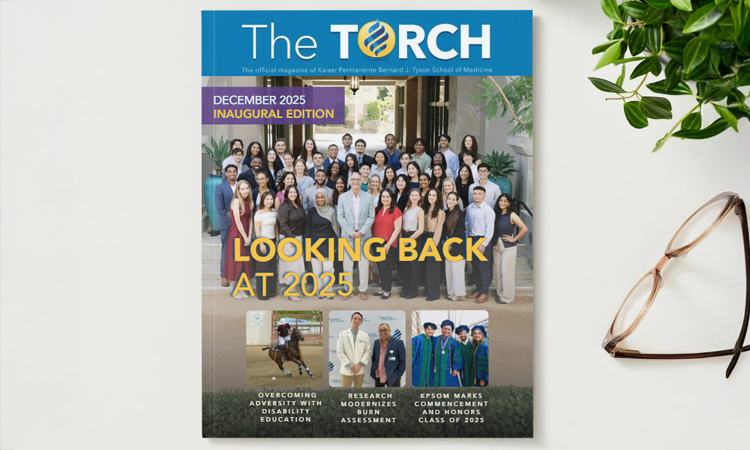A recent study evaluated trends in attention-deficit/hyperactivity disorder (ADHD) diagnosis rates among children aged 5 to 17 years from 2010 to 2021. The findings revealed an overall increase in ADHD diagnoses during this period, rising from 3.5 percent in 2010 to 4.0 percent in 2021. Notably, ADHD diagnosis rates varied across racial and ethnic groups, with the highest prevalence observed among White children (6.1 percent), followed by Black (4.6 percent), Hispanic (3.1 percent), and Asian/Pacific Islander (1.7 percent) children.
Darios Getahun, PhD, MD, MPH, Kaiser Permanente Bernard J. Tyson of Medicine (KPSOM) Associate Professor of Health System Science coauthored the article, “Rising Trends of Childhood Attention-Deficit/Hyperactivity Disorder in a Large Integrated Healthcare Delivery System in Southern California, 2010-2021,” published by the Journal of Pediatrics.
The study highlighted increasing ADHD diagnosis rates among Black, Hispanic, and Asian/Pacific Islander children, while rates remained stable among White and multiple race/ethnic children. There were also rising diagnosis rates among girls and children from families with household incomes less than $70,000 per year. These findings suggest improvements in screening and provision of care, particularly among historically underdiagnosed demographics, contributing to the observed rise in ADHD diagnoses among children.



